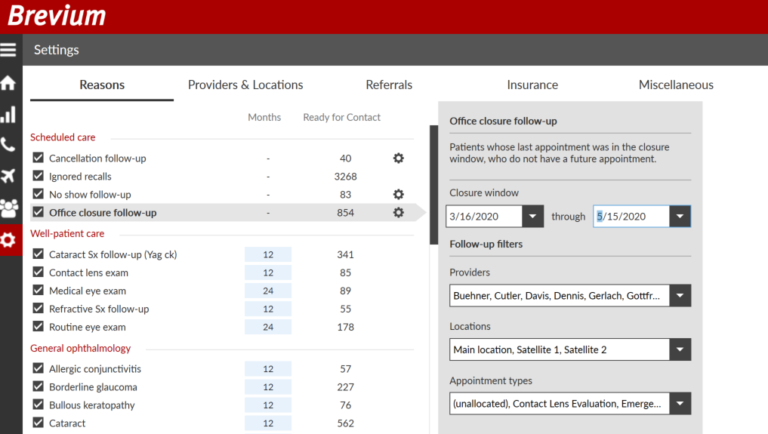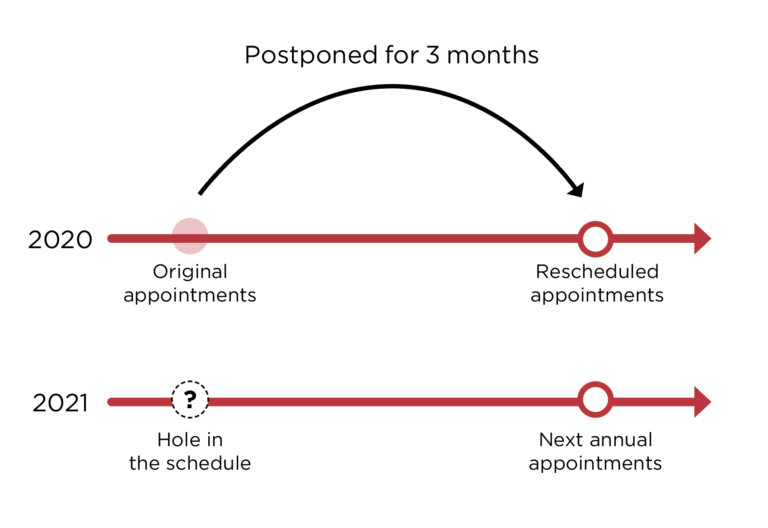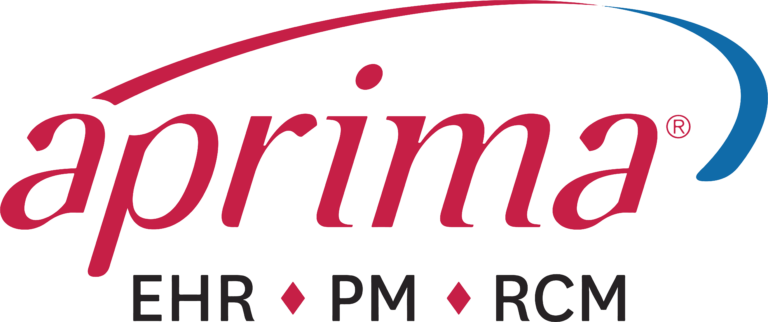The Brevium Blog
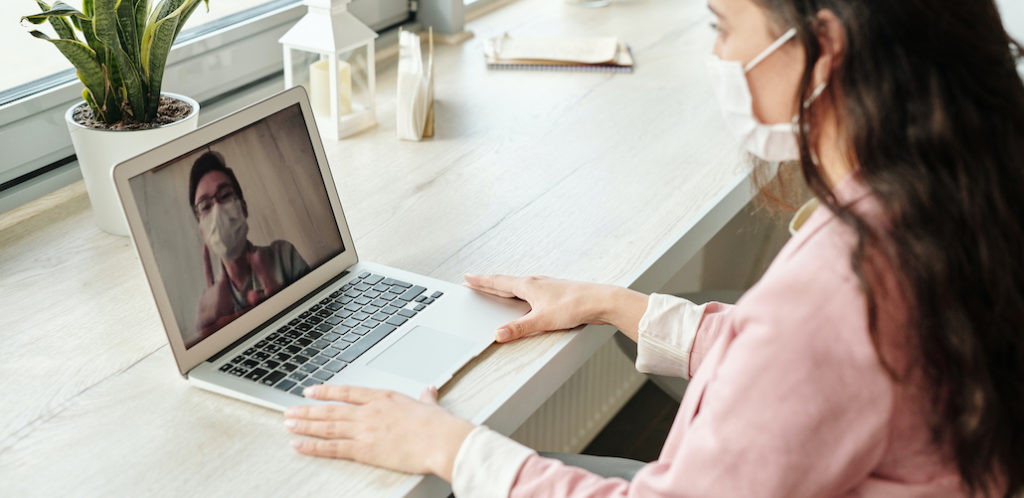
Keeping Your Patient Appointment Schedule Intact During (and After) the COVID-19 Pandemic
Medical practices are working through multiple issues brought on by the COVID-19 pandemic: supplying needed care for patients, uncertainties in staffing, PPE supply, PPP funding, and preserving revenue. Some practices may be post-peak and considering how to fully reopen for non-emergent care, while other locations are still under stay-at-home guidance and exploring alternate practice methods, such as telemedicine.
Brevium’s data interpretation abilities and insights on the patient appointment lifecycle™ have allowed us to bring together findings on patient scheduling for practices at every stage of the pandemic.
Reopening — Key Learnings
As your area opens and you consider rebuilding your pipeline of appointments, you may have found that your once-full schedule has been pushed out or has many unfilled slots. Additionally, practices which were able to receive funds from PPP loans or other government incentives are looking for ways to productively re-employ furloughed workers.
A few things that might be helpful to know:
- Practices are having good success contacting patients with Brevium via live calls
- They are seeing conversion rates for appointments within two weeks that normally take two months, because patients are home
- However, only about 10% of patients who accept an appointment schedule within 4 weeks
- Most patients are asking for appointments 2-3 months out
- There is a correlation between patient age and when they wish to be seen, with older, more vulnerable patients pushing appointments out; it’s important to triage accordingly to fill your schedule
- Automated outreach methods are not as effective now, not surprisingly
- Patients have questions about safety and want to know they can come in when they are comfortable doing so, and this reassurance is difficult to communicate with automated contact methods
- Staff brought back from furlough may be used in making more personalized, live calls
- Schedules across the country are very light after 4-6 weeks of shutdown
- Those schedules in the best shape have one month that is about 50% full, followed by 10-25% full in the months beyond
- It’s going to take a significant effort to fill schedules, given how light they are currently and the need to make more attempts to get patients to fill closer appointments
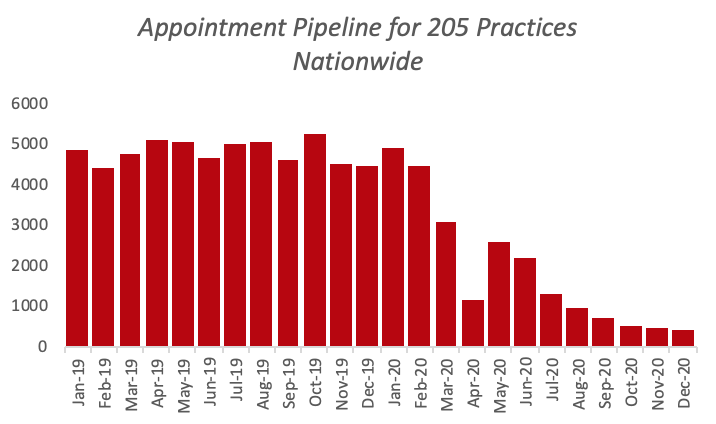
This is an ideal time to have your staff back from furlough work with Brevium to aid your practice’s clinical and fiscal goals by live-calling patients for setting appointments.
Brevium’s software accomplishes this by:
- Searching your practice management system and identifying the patients you want to see, with the priority you decide, allowing you to balance clinical need with revenue needs
- Brevium has added a feature for calling patients who either missed or canceled appointments during a period of time, to help reschedule patients who missed or canceled appointments while your practice was closed
- Brevium’s software will allow you to target patients for appointment by diagnosis code, by payor and by date last seen, allowing you to target visits which will most likely lead to surgical procedures
- Brevium generates reports that allow you to track your progress in bringing back patients and re-establishing revenue
Because Brevium bills for reactivations after the patient is seen and billed, most fees are deferred until you receive funds from treating patients, so your costs to fill the schedule are matched to the revenue they generate.
In summary, Brevium recommends that as soon as your practices sets a re-open date, you begin outreach efforts immediately with staff calls, and commit significant resources to this effort. It will take a few months of sustained outreach at unusual levels before you will be able to refill the appointment pipeline. Re-opening and seeing 50-70% of normal load may be the goal, but, as light as schedules have become nationally, data show that without prior planning and investment in outreach, results may be far lower.
Still Closed — What About Telemedicine?
Many practices across the nation are still under orders to close ASCs and see only essential cases in the office. They are also preparing plans for the time their staffs return to work. With the passage of the CARES Act, telemedicine has become a more practical means of providing treatment to patients without requiring them to leave their homes, with reimbursement similar to in-person appointments. Medical societies have put out guidance to: 1) let patients know that you are able to treat them via telemedicine with an email sent to all recent patients, and 2) to review charts for patients who can be treated and scheduled for a telemedicine appointment. Brevium received several requests to help practices begin telemedicine and recovery of patients.
- Telemedicine announcement: Brevium is able to send a text or an email to your patients to let them know that telemedicine visits are an option
- Brevium reports: Reports now show how many patients you’ve seen over time and how many can be contacted via text, email, and phone
- We can help you prepare a list of patients by diagnosis, time since last seen or by payor, for your practice to deploy through live calls, or Brevium will send the message for you via email and text, free of charge
- Targeting, scheduling and preparing telemedicine candidates: Brevium’s software can help triage patients with conditions for which telemedicine has been used successfully
- Once scheduled, Brevium can send visit instructions to the patient prior to the telemedicine appointment
In summary, there are two goals Brevium can help you with during the COVID-19 pandemic while stay-at-home guidance may be keeping your ASC closed:
- Immediately help you target and reschedule patients who would benefit from a telemedicine exam
- In time, help bring your ASC back online and keep your providers busy doing surgery as soon as you are permitted to reopen for non-emergent care

